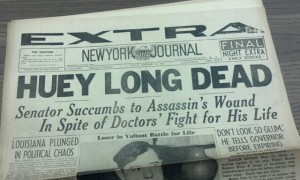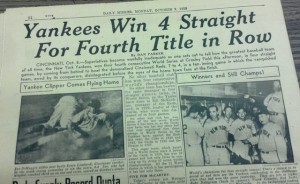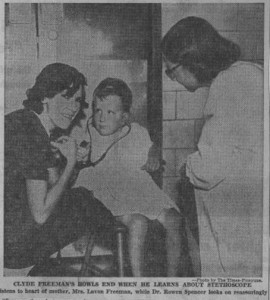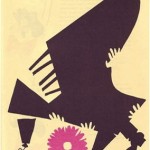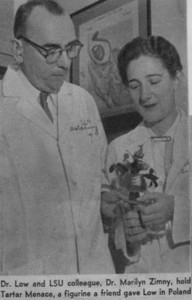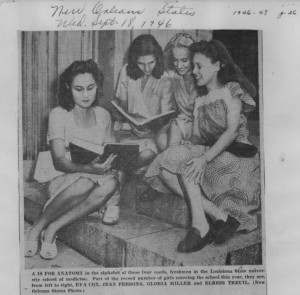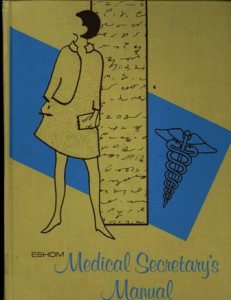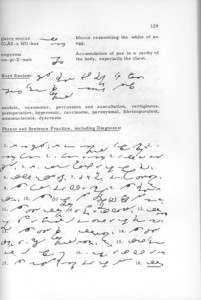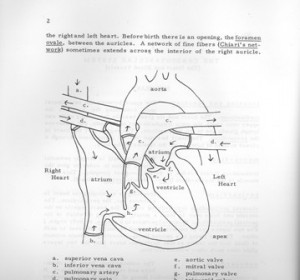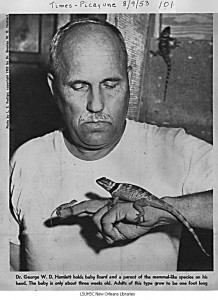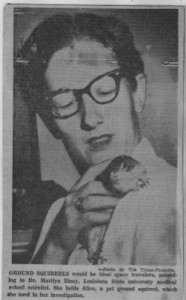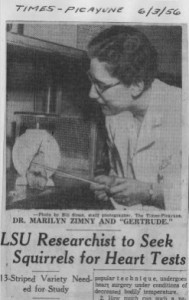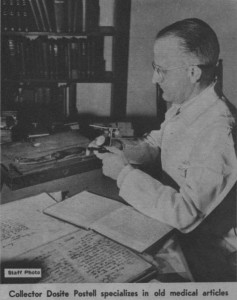 Do you ever drink water from the opposite side of the glass to cure hiccups or apply duct tape to a wart or spray Windex on a zit? These are just a few examples of therapeutic home remedies, but where do they originate? A collector of ÔÇ£weird-lookingÔÇØ medicinal gadgets and medical historian, Mr. William Dosite Postell, is the star of our highlighted article this month.
Do you ever drink water from the opposite side of the glass to cure hiccups or apply duct tape to a wart or spray Windex on a zit? These are just a few examples of therapeutic home remedies, but where do they originate? A collector of ÔÇ£weird-lookingÔÇØ medicinal gadgets and medical historian, Mr. William Dosite Postell, is the star of our highlighted article this month.
Former Librarian of the LSU Medical School, Mr. Postell was a Will of all trades: as he believed, ÔÇ£There is a little bit of the clinician, the research worker, the medical historian, the medical philosopher, the bibliophile, as well as the custodian and the library technician, in each successful librarian.ÔÇØ Though his career at LSUMS was principally one of librarianship, Postell was able to branch out from that role, becoming a scholar of wacky medical wares like cholera baths and mad dag stones.
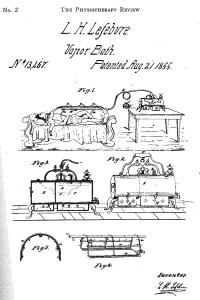 One outdated cure is the ÔÇ£vapor bath,ÔÇØ invention of a Louisianan, Dr. Louis H. Lefebrve. Depicted in the drawing here, Postell found an early bath in the possession of the Prudhomme family of Natchitoches, Louisiana on one of his excursions to area antebellum plantations. The bath utilized sulphuric acid to assuage the effects of cholera. The story of the madstones or ÔÇ£bezoarsÔÇØ comes from the frontier. These stony hairball-like concretions were taken from the stomachs of deer, cows, or goats and placed on a bleeding wound to draw out poisons like those from the rabies virus or snake venom. In modern medicinal practice, the bezoar is considered a serious health risk in gastrointestinal tracts of humans and has lost its curative mythos (unless, of course, you live in the Wizarding World of Harry Potter, where the bezoar cure is alive and well).
One outdated cure is the ÔÇ£vapor bath,ÔÇØ invention of a Louisianan, Dr. Louis H. Lefebrve. Depicted in the drawing here, Postell found an early bath in the possession of the Prudhomme family of Natchitoches, Louisiana on one of his excursions to area antebellum plantations. The bath utilized sulphuric acid to assuage the effects of cholera. The story of the madstones or ÔÇ£bezoarsÔÇØ comes from the frontier. These stony hairball-like concretions were taken from the stomachs of deer, cows, or goats and placed on a bleeding wound to draw out poisons like those from the rabies virus or snake venom. In modern medicinal practice, the bezoar is considered a serious health risk in gastrointestinal tracts of humans and has lost its curative mythos (unless, of course, you live in the Wizarding World of Harry Potter, where the bezoar cure is alive and well).
Postell was quite the adventurous and successful librarian no stranger to going above and beyond his position in pursuit of knowledge. Having served as President of the Medical Library Association (MLA) in 1952 and 1959, he was awarded the prestigious Marcia C. Noyes award for his outstanding contributions to medical librarianship. In a memorable article of the Bulletin of the MLA, Postell wrote, ÔÇ£The best publicity a library can secure is by way of service given. The circulation and reference desk is the best place at which good will can best be cultivated. It is here that the public is met and served. It is the here that new patrons obtain their first impression of the library. If they are met graciously and served competently, they will return.ÔÇØ
Stop by the Isch?® Library sometime and let us graciously and competently show you the wonderful resources at your fingertips! If you are interested in reading PostellÔÇÖs work, the LibraryÔÇÖs holdings include: Applied Medical Bibliography for Students, The Development of Medical Literature, and The Health of Slaves on Southern Plantations.
Glimpse of the Past is an ongoing project to promote the Louisiana Digital Library effort. This Month in History will present for your reading pleasure a closer look into a newspaper clipping of note from our Digital Collections and articles relating to the LSU Medical School.

 myLSUHSC
myLSUHSC